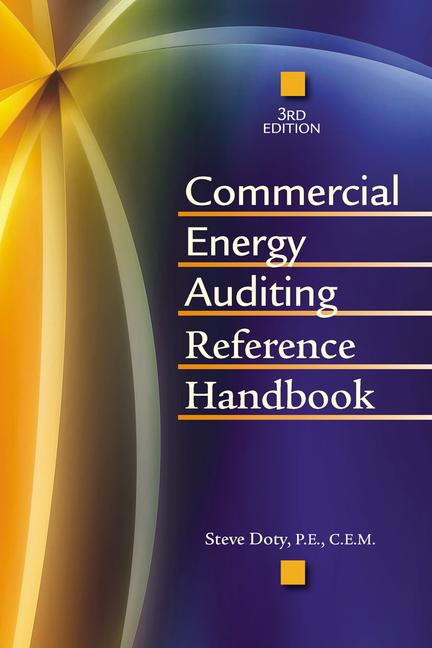The American Council for an Energy-Efficient Economy (ACEEE) found that between 1993 and 1998, funding for rebates dropped by about 50%, however, half of that loss has since been made up by new or revitalized programs. This trend is likely to continue, says ACEEE, because some states (especially large ones like California) are now looking to energy efficiency as part of future planning, along with renewables and other options.
What's changed?
The major differences are in the level of funding, types of supported technologies, and administration of the programs.ACEEE's report showed that some states provide up to six times the money (on a per capita basis) as others, with a few states offering nothing. Where the margin between power supply and demand is getting tight, funding has almost doubled in the last few years. Funding often covers 15% to 35% of the cost of equipment (and maybe installation), with some programs offering 50% or more for cutting edge technologies such as solar photovoltaics (PV) and fuel cells.
Many programs focused mainly on cutting electricity usage and demand, but now some are supporting reductions in natural gas use and various types of distributed power supplies (solar, wind, cogeneration).
While rebates still cover specific widgets (electronic ballasts), both Uncle Sam and some states now also offer tax deductions and/or credits for them. The 2005 Federal Energy Policy Act offers tax deductions for profit making and government facilities (but not non-profits), and some states now also offer tax credits for those that attain LEED® status.
In the past, utilities handled most of the rebates (and, in some states, still do), but some state energy agencies now receive a little piece of every electric bill payment and dole out the money themselves.
Useful links
To get caught up on local funding options, start with your utility. Check its website (find it at www.utilityconnection.com or on the bill itself) and speak to your account rep. Even if it's not running the show, a utility can save you time in getting up-to-speed. Your public utility commission may also have useful information. Find links to all of them at www.publicutilityhome.com/state.shtml. Find links to state energy agencies at www.naseo.org/members/states.htm.
One of the better sites for summaries of programs in all the states is the "Database of State Incentives for Renewable Energy" at www.dsireusa.org. ACEEE also maintains a table of the types and levels of funding by state at www.aceee.org/briefs/mktabl.htm.
A few reality checks
Tenants that don't pay directly for their power aren't eligible, but may be able to cut a deal with their landlord if he is the utility's customer.No rebate is guaranteed. Even with official paperwork in hand, some have seen funding disappear overnight when money was pulled to fill a hole elsewhere in a state's budget.
In many cases, rebate recipients are chosen competitively, with money going to those applications showing the best payback, or for specific technologies, or to the first to apply for limited funds.
Most programs have funding limits. Regardless of how good his potential energy savings may be, a single customer may only receive $X a year, for example. On the other hand, one state will not look at an application that asks for less than $5,000.
Applications may take time and effort to assemble necessary information. A consultant may charge $1,000 or more to do so, or take X% of the rebate. Some programs have lengthy requirements involving inspections, documentation, savings verification, metering, reporting, and site visits, the extra cost of which could add several percent to the cost of the whole job.
Don't be dazzled by big rebates for exotic options such as solar PV. While $3,000 (or more) per installed kW may make you drool, focus on the net installation cost after rebate. You may need to spend another $5,000/kW to install such a system, and there may be more cost-effective ways to spend that much money.
Where rebates are based on "public benefit" charges tacked onto electric rates, installing a system that makes power (cogeneration, wind turbine) may cut your future rebates. Fewer kWh bought from the utility could mean fewer rebate dollars down the road, thus reducing the real value of a rebate for a solar panel, for example.



